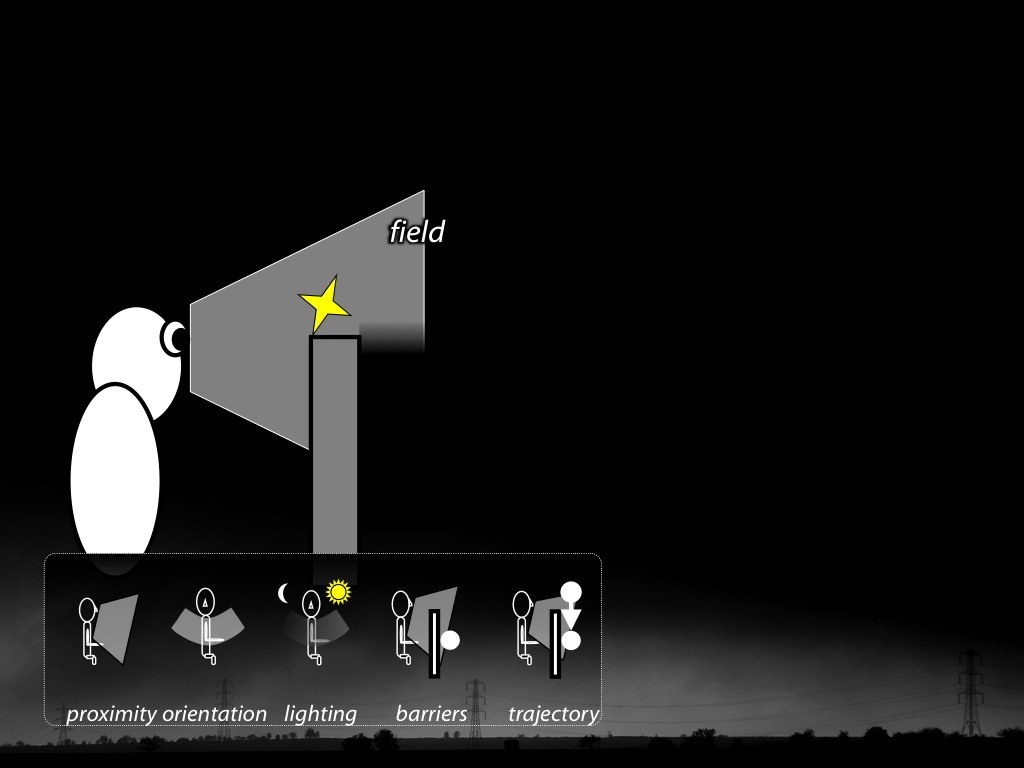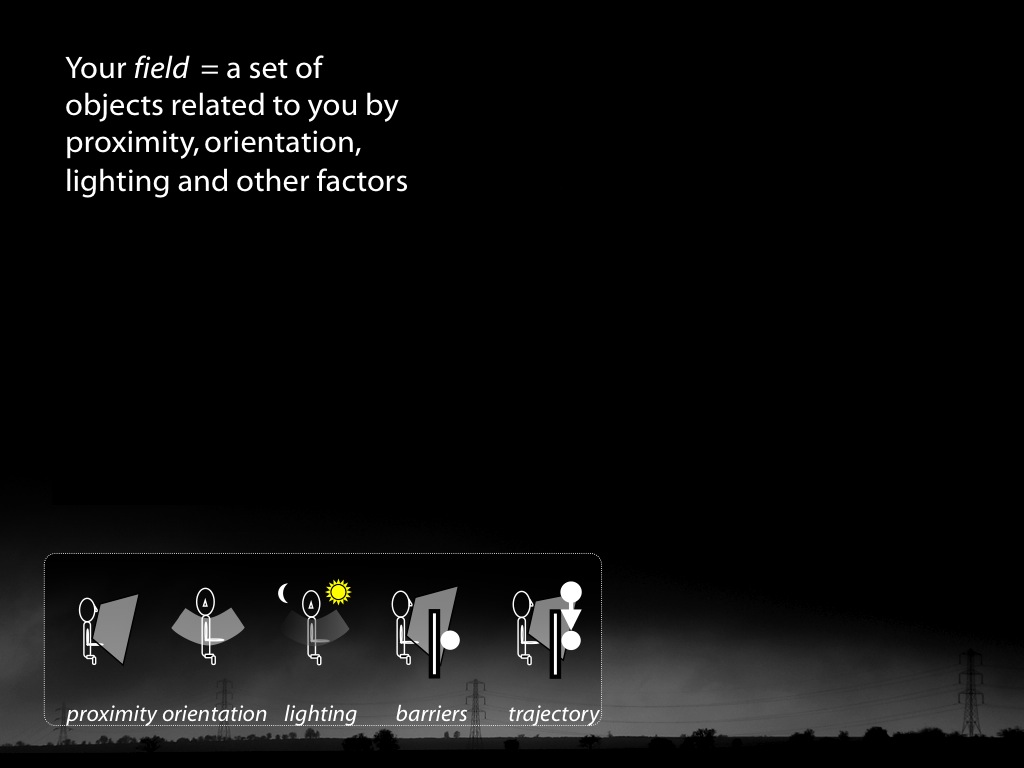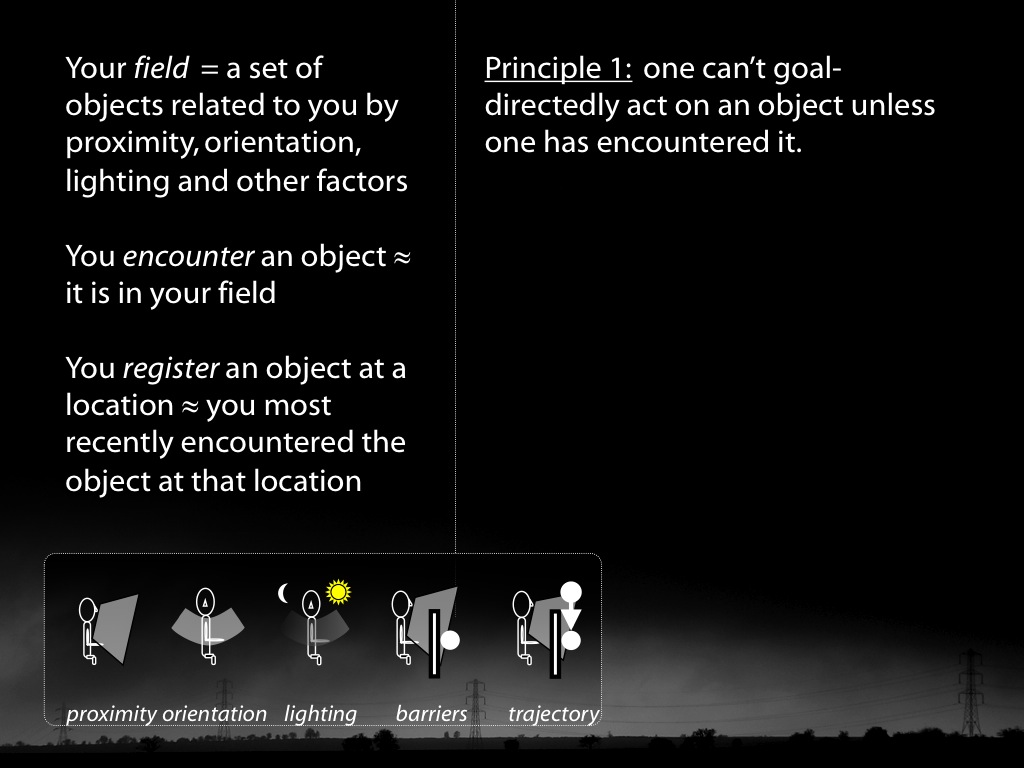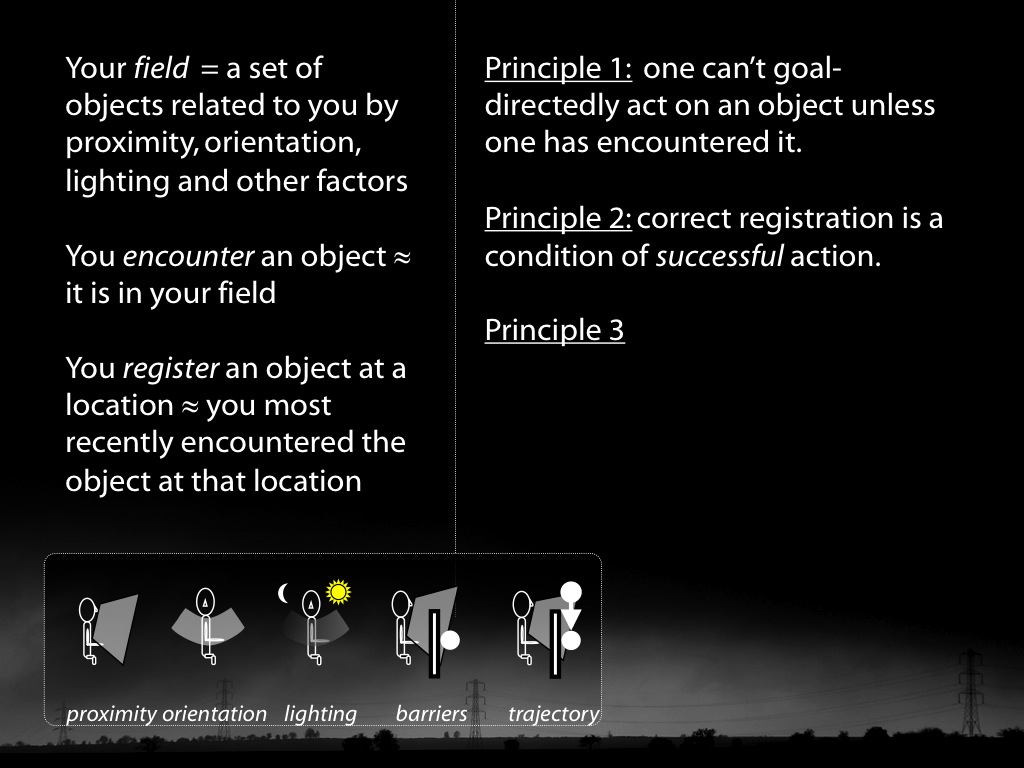Click here and press the right key for the next slide.
(This may not work on mobile or ipad. You can try using chrome or firefox, but even that may fail. Sorry.)
also ...
Press the left key to go backwards (or swipe right)
Press n to toggle whether notes are shown (or add '?notes' to the url before the #)
Press m or double tap to slide thumbnails (menu)
Press ? at any time to show the keyboard shortcuts
Minimal Theory of Mind

Minimal Theory of Mind
[email protected]
What models of minds and actions
underpin which mental state tracking processes?


















What models of minds and actions
underpin which mental state tracking processes?
Fact:
Minimal theory of mind specifics a model of minds and actions,
one which could in principle characterise how infants (or nonhuman apes, corvids or other animals) track mental states.
Conjecture:
Infant mindreading processes are characterised by a minimal model of minds and actions.
Evidence?
Q1
How do observations about tracking support conclusions about representing models?
Q2
Why are there dissociations in nonhuman apes’, human infants’ and human adults’ performance on belief-tracking tasks?